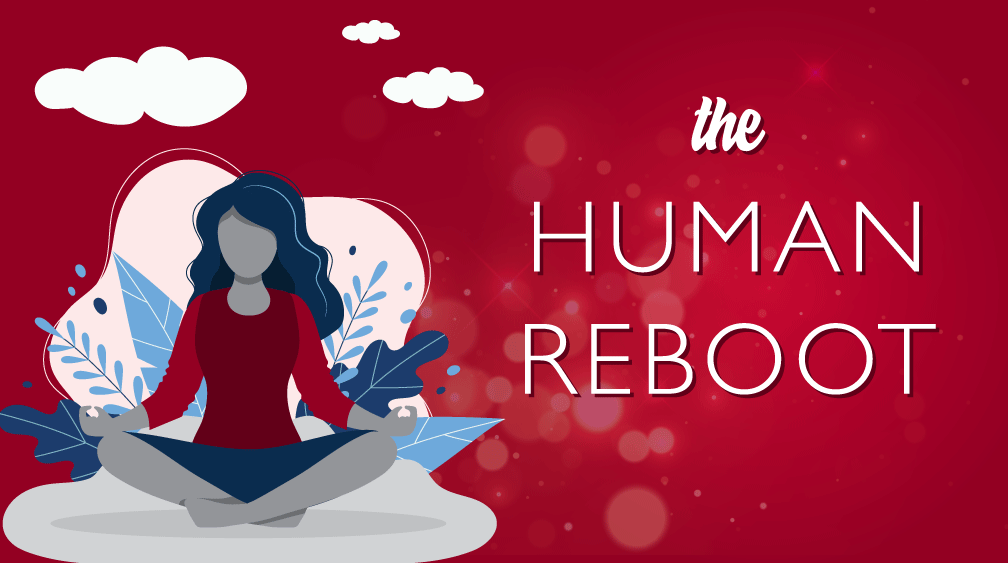We’ve all been there. In fact, many of us are there right now. As we adjust to a new way of living, which for many of us means working from home, we close our laptops each afternoon or evening to call it a day and open that same laptop back up again the next morning. As the days become weeks, we notice our machines running slower, and with perceptibly more effort. Perhaps we hear fans kicking on to cool overheated hardware – the strain is palpable. Maybe we even get far enough along in this slow march toward entropy that we find ourselves checking the machine’s manufacture date, thinking it’s older than it actually is, and wondering if it’s time to start scraping our nickels together for a replacement.
In the realm of this increasingly common occurrence, our friendly neighborhood IT support people have a message not just for our struggling hardware, but also for their users. There’s a reason that the most common helpdesk advice takes the form of the ubiquitous “Have you tried turning it off and turning it back on again?”
It turns out that fully powering down a laptop, tablet, phone, smart TVs – pretty much any device that has hardware and software – performs almost the same function as getting a decent night’s sleep, going on a particularly relaxing vacation, or journaling each day. Whether you fastidiously close each application and browser window, or you’re more like me with a litany of programs and browser tabs going at once, there’s a direct correlation between the period of time between full device shutdowns and that device’s performance.
Humans are no different. Think of our laptop or phone’s hard drive as our brain’s limbic system: storing memories, sensations, and instincts. The CPU and motherboard can be likened to our prefrontal cortex – our mind’s logic center, responsible for higher-order thinking, morality, and much more. The device’s operating system and the applications that we select and overlay on the machine’s hardware are the learning packets our minds take in during school, jobs, hobbies, training, and task execution.
WHY REBOOTING IS IMPORTANT
What happens when we don’t occasionally power down our minds? Gone unchecked, memories, actions, old priorities, and other formerly important things continue to accrue, making our heads feel full and rendering recall, creative thinking, or improvisation effectively impossible. I liken the phenomena to cholesterol accumulation in an overworked artery. In time, your mind’s capacity to function at its peak performance is steadily diminished. That manifests in any number of nefarious ways – lack of patience and anxiety, just to name two. The sensation feels like the human equivalent of running your car’s engine ‘in the red’ consistently, but toddling along at 10 miles per hour. Huge energy investment, very little return.
With this new corollary in mind, how can we most effectively mimic the hard reboot our devices so sorely need and reset our brains? Most particularly, how can we force reboot when things get truly dire? For people, this is not so simple as reading and implementing a checklist they stumbled across in a blog like this one. Some most readily access their creativity and flow-like states when they’re surrounded by inspiring things – articles, books, quotes, videos, art – this can lead to the very sprawl that slows and reduces the capacity of our devices and minds alike.
The key is balance. We almost always breathe a sigh of relief when we finally allow our machines to execute that software update and power down. When we hard boot our brains, we can begin anew with a clean slate and an opportunity to build and explore all over again.
HOW TO HIT THE RESTART BUTTON
Give yourself some space. One tactic that can be used to great effect is clearly demarcating physical space for your inspiration, especially if you’re prone to sprawl. That space need not be expansive – in fact, Marissa Mayer taught us that creativity loves constraint, so challenge yourself to winnow your inspiration down to its essence by reconfiguring an unused corner or portion of a room. Better yet – build yourself a creativity kit that you can pack and unpack relatively easily – this makes your inspiration mobile and untethered to a specific area.
To balance that engineered sprawl, have a similar space where you go exclusively to focus. If you’re fortunate enough to have the purpose-driven tech for your work, more so the better. A little positive compartmentalization goes a long way. The world can still be the fascinating place it is because of its infinite variety and complexity without all of the inertia that all of those things can create. In fact, you may find that lightening up a bit can unleash newfound ways of thinking and a refreshed ability to make connections.
A different approach to recall. Perhaps most importantly, small moves and practices can play an outsized role in effecting a human hard reboot in service of our short-term effectiveness and long-term resilience. Downloading outstanding tasks, random musings, and potential connections can work wonders for our mental bandwidth. Write out a list, create a visual, or simply journal – whatever works best for you. This shifts what would otherwise be an act of mental recall to one of execution – crossing things off of a list also gives our brains a nice flush of dopamine. This helps us remain focused and continues the virtuous cycle of productivity.
So, remember – the positive outcomes that a regular human hard reboot can engender are available to us all — regardless of age, access, or field of endeavor. Invest the effort in yourself and immediate results will follow.
Oh, and don’t forget to power down that poor laptop of yours every once in a while.
Do you have a story to share about how you hard boot your brain? Reach out to me at hans.manzke@theclearing.com.
